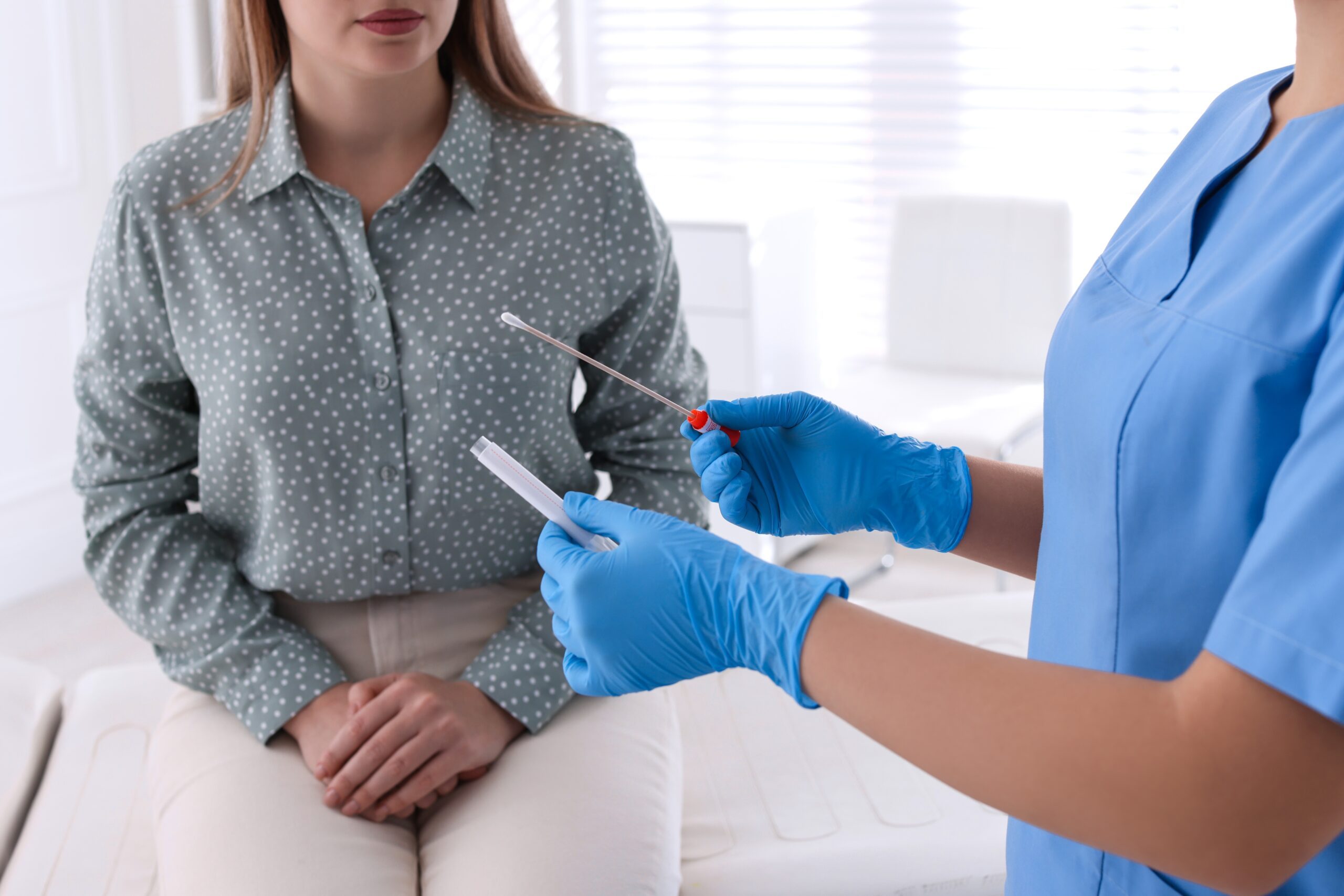What to Know Before You Meet
Dating apps are not going anywhere anytime soon. About 3 in 10 U.S. adults have used a dating site or app, but that number jumps to over 50% in adults within the 18-25 age range. With 1 in 10 partnered adults having met their current partner online, serious safety conversations are important because these connections can become long-term. While around 44% of dating app users say they’re looking for a long-term partner, 40% cite casual dating as the reason for putting themselves out there (Pew Research, 2023). But these two stats are not mutually exclusive, which means someone looking for long-term relationships might also be in it for the hookups. So clear communication and boundaries matter. Being up front and knowing what red flags to look for all contribute to boosting dating app safety. Whether you’re looking for a relationship, a casual connection, or something in between, you can protect your health, your boundaries, and your peace of mind by building safety into each step: matching, chatting, meeting, and deciding what comes next. Follow our tips below for dating app safety 101.
Start with a Safer Profile
Share enough to be real, but not enough to get found. Skip even vague mentions of your workplace, school, or neighborhood, and use recent photos to set clear expectations. If protection, testing, or PrEP matters to you, say so in plain language. A simple line like “Testing every 3–6 months and into condoms” signals your values and screens in partners who respect them.
Spot Red Flags (and Green Ones) in the Chat
Pay attention to how someone handles basic safety and sexual health questions. Pressure to “come over now,” refusal to discuss condoms or testing, or mocking your boundaries are red flags and a good sign to swipe left. On the flip side, someone who suggests a public first meet, respects your pace, and is open to safe sex conversations is showing you they can be trusted. It’s okay to be direct: “I use condoms every time. Does that work for you?” or “I was tested last month; when were you last tested?”
Verify Identity Before You Meet
A quick video call can confirm identity and vibe. Choose a busy, well-lit place for the first meeting and arrange your own transportation both ways. Tell a trusted friend who you’re meeting, and where and when you’ll check in. If you drink or use substances, decide your limits ahead of time. Always order your drinks yourself and never leave them unattended. Clear heads make clearer choices about consent and safety.
Make Consent the Standard
Consent should be an ongoing conversation, not a one-time question. It should be freely given, specific to each step, and revocable at any time. Check in with simple language: “Are you into this?” or “Still comfortable to keep going?” If something isn’t right for you, say so: “I’m not comfortable without a condom,” or “I’m okay with this, not that.” If either of you is too intoxicated to decide, the answer is no.
Practice Safer Sex
Condoms, both external or internal, remain the MVPs for preventing STIs and pregnancy; pair them with water- or silicone-based lube to reduce tears. If you have ongoing HIV risk, ask about PrEP (a daily pill or long-acting shot that reduces sexual HIV risk by about 99% when used correctly). For some people with male partners, DoxyPEP, a single dose of doxycycline taken within 24–72 hours after condomless sex, can significantly lower the risk of chlamydia and syphilis and may reduce gonorrhea; ask a provider if it’s right for you. Because many STIs have no symptoms, plan routine testing at least yearly. Test every 3–6 months if you have new or multiple partners. If you have oral or anal sex, request throat and rectal swabs; urine-only tests can miss infections at those sites.
Hold your Boundaries
Decide your non-negotiables in advance and stick to them. “Condoms every time,” “No hookups on the first meet,” or “I don’t drink on first dates” are complete sentences. Keep an exit plan ready: a charged phone, a rideshare app, and cash or card on hand. If your gut says something’s off, you don’t need one more reason to leave.
If Plans Change, Act Quickly
If a condom breaks or you end up having condomless sex, you still have options. For possible HIV exposure, post-exposure prophylaxis (PEP) is a 28-day medication course that must start within 72 hours; the earlier the better. For eligible people with male partners, DoxyPEP works best when taken as soon as possible, ideally within 24 hours. Consider emergency contraception for pregnancy prevention if relevant. Plan follow-up testing based on window periods: many chlamydia/gonorrhea tests are reliable around 1–2 weeks after exposure; 4th-gen HIV tests typically become positive between 18–45 days; syphilis blood tests often turn positive by 3–6 weeks. If anything felt unsafe or non-consensual, it is not your fault. Support and care are available on your terms.
Support in St. Louis is Fast, Free, and Judgment-free
Health Stop STL offers free STI and HIV testing (including site-specific swabs), at-home kits, condoms, PrEP/PEP consultations, and information about DoxyPEP. No ID or insurance is required. If you think you need PEP, go to an ER, urgent care, or contact us immediately to stay within the 72-hour window.
Dating apps can be safe and empowering when you plan ahead. Lead with consent, honor your boundaries, use prevention, and test regularly. If plans change, we’ve got your back. No judgment, just care.
Source: Pew Research Center


